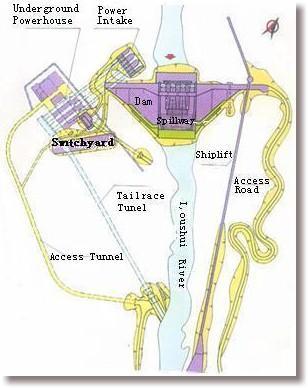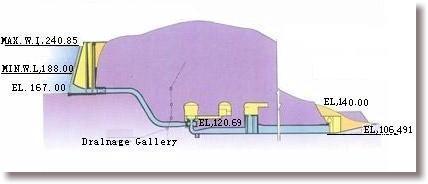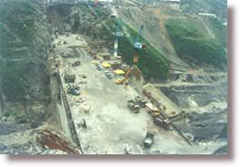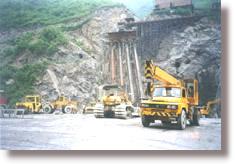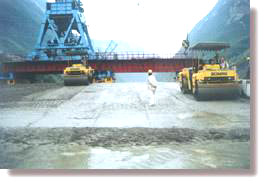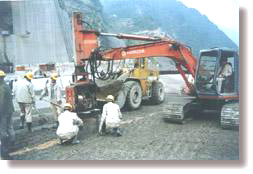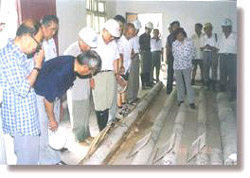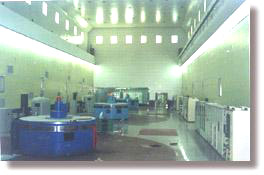Located in the middle reaches of Yangtze River, the Lishui River, with a total catchment area of 18,583km2, a total length of 390km and a drop of 1439m, extends across Hunan and Hubei Provinces. A total of 26 cascade projects are to be built on its main stream and tributaries. Jiangya Project is the first one built by LHPC.
Jiangya Dam is located in the middle reaches of Loushui River, a tributary of Lishui River, 57km away from Cili County, Zhangjiajie Prefecture, as the first critical flood control project on the Lishui basin. The catchment area above Jiangya damsite is 3711km2, the reservoir, being of one-storage, has a total storage capacity of 18.55〜106m3, out of which, 740〜106m3 for flood routing with a
